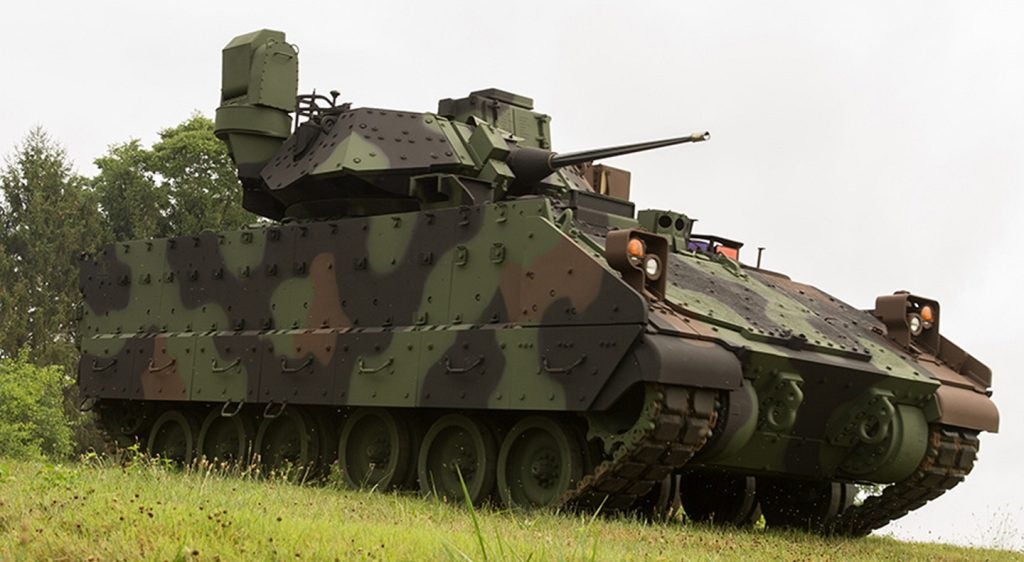The US Army has called on BAE Systems to continue to ramp up production of Bradley A4 Armoured Fighting Vehicles in a contract modification worth more than $440m.
This latest Bradley increment will offer a modernised replacement to some of the Bradley vehicles that the US government gifted to Ukraine.
As of 6 September 2024, Ukraine’s largest donor of military assistance has furnished the war-torn country with more than 300 Bradley units and four Bradley Fire Support Team vehicles from its own inventory.
Production and support for the Bradley A4 will take place across the company’s industrial network, including Aitken, South Carolina; Anniston, Alabama; Minneapolis, Minnesota; San Jose, California; Sterling Heights, Michigan and York, Pennsylvania.
ABCT role for Bradley A4
“Because of the the support for additional production of the modern… A4 variant, this enduring capability continues to make a difference for troops all over the world, ensuring they have firepower, mobility and survivability they need to achieve their missions," commented Dan Furber, a senior official at BAE Systems' Combat Mission Systems business.
BAE Systems designed the Bradley vehicle to transport infantry on the battlefield, to provide fire cover to dismounted troops, and to suppress enemy tanks and fighting vehicles.
This ‘fire cover’ role seems to be lacking in the Army force structure, which has prompted the service to innovate with new concepts such as the M10 Booker and the next-generation XM30.
Likewise, the Bradley A4 will perform a critical role at the tactical level, operating in the Armoured Brigade Combat Team (ABCT) formation. This is a proven system that enhances battlefield performance with the heaviest mechanised platforms to meet a variety of mission requirements in various combat situations.
Reshaping the Army
The A4's durability and commonality reduces the logistics burden. It features digitised electronics for optimum situational awareness, network connectivity and communication within the ABCT.
These features address the US Army’s ambition to reshape how its land forces operate to “unburden” personnel.
This will involve greater digitalisation and a common systems architecture, both of which will serve to bolster the performance of its land systems over the long term through spiral development enhancements.
However, in the long-run, the Bradley is due to be phased out for the future XM30 fighting vehicle. The Bradley is now more than forty-years-old.









